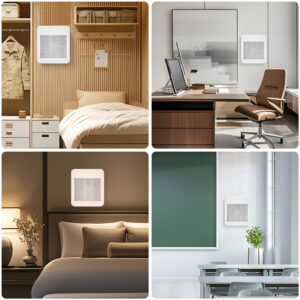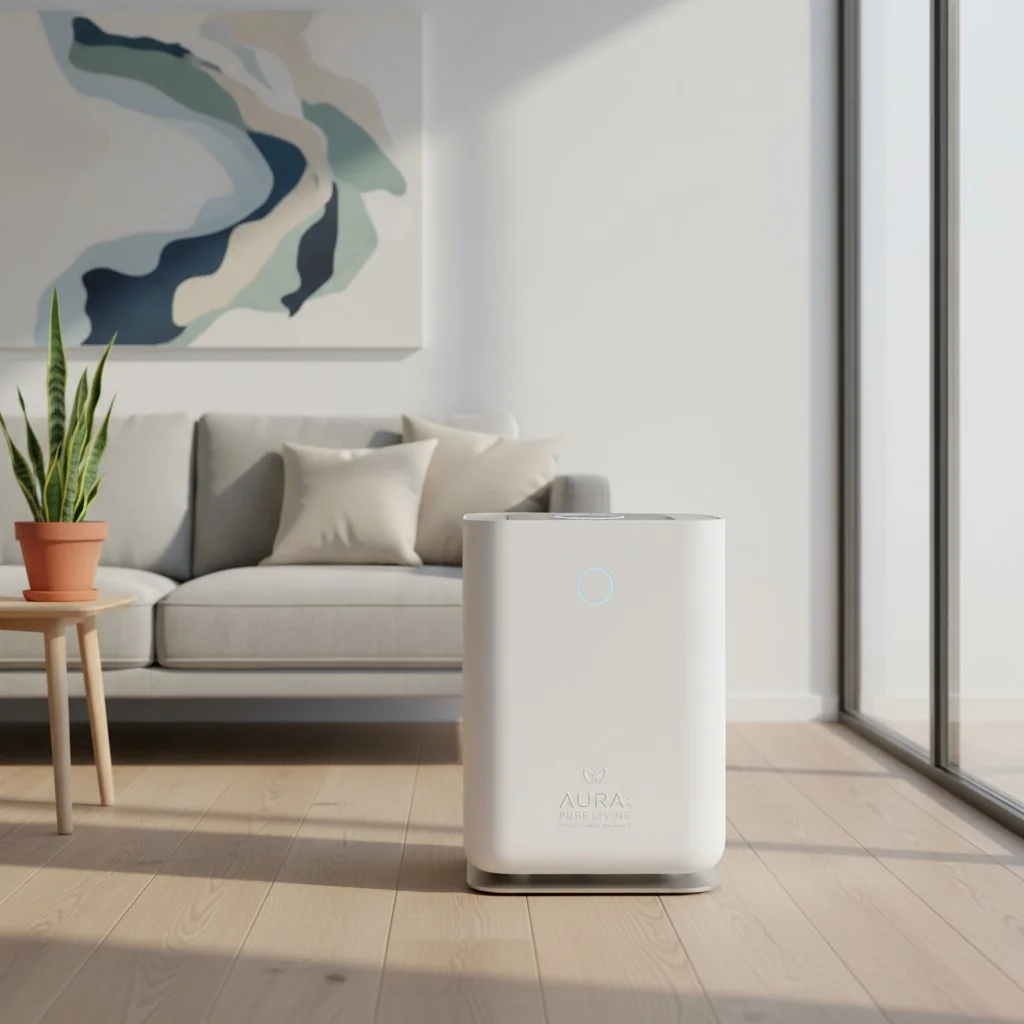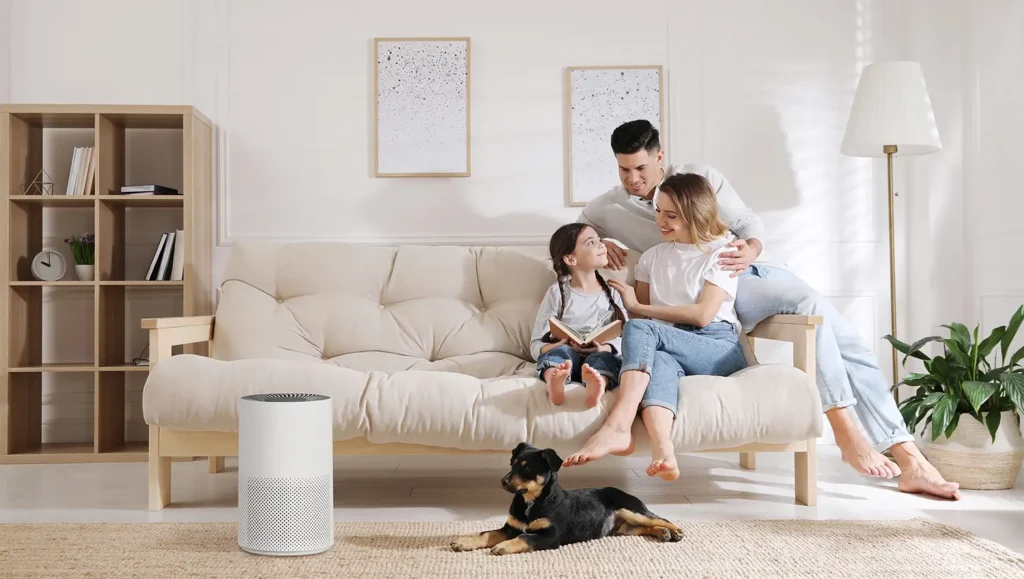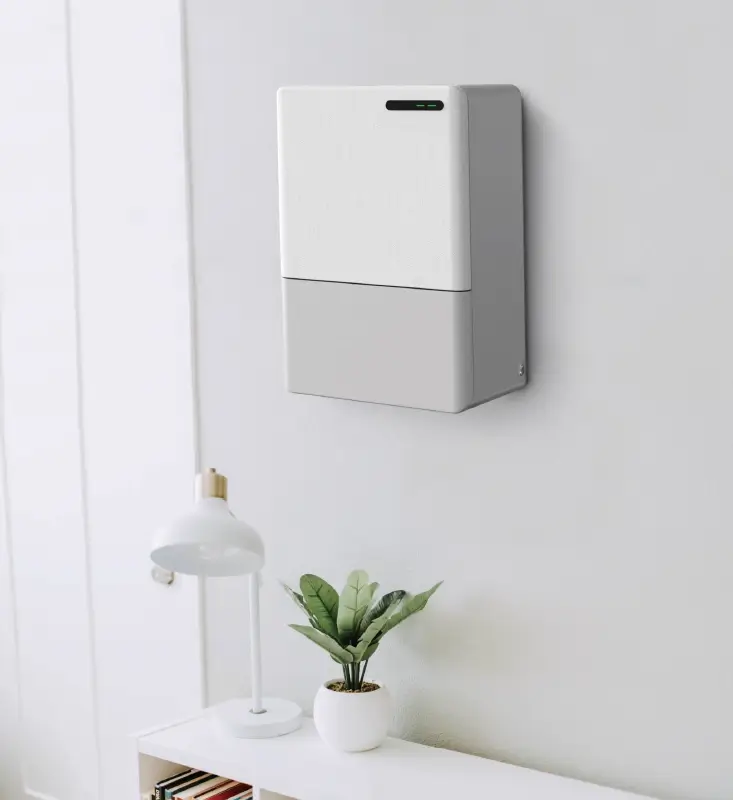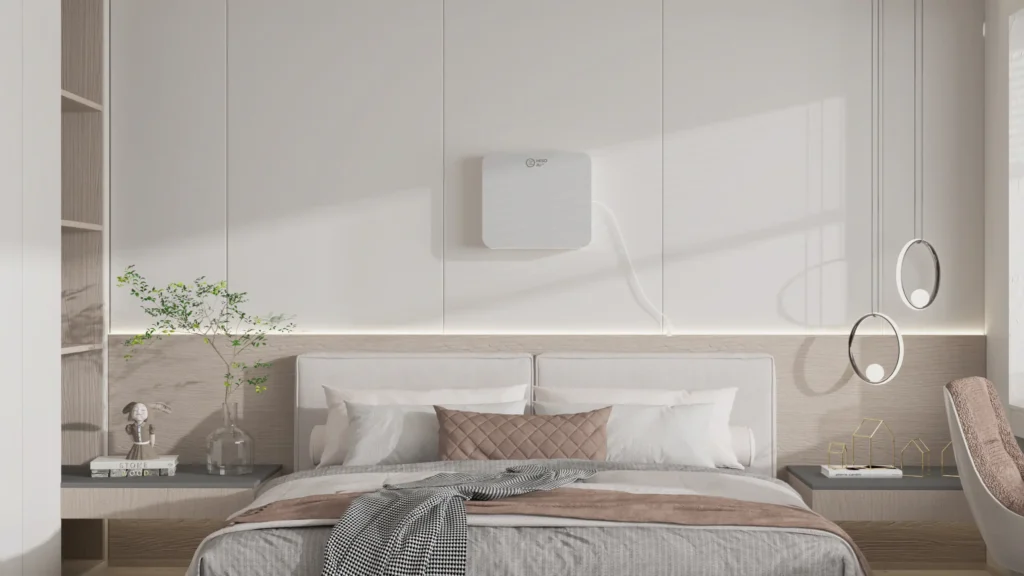空気の質への関心が高まる中、空気清浄技術の進歩は、消費者や企業のニーズを満たすために急速に進化している。パワフルなファンシステムからエコフレンドリーなデザインまで、空気清浄業界は革命を起こそうとしている。ここでは、空気清浄の未来を形作る5つのトレンドを紹介し、企業と消費者によりスマートで効率的、かつ効果的なソリューションを提供する。
最大のエアフローと効率を実現する先進のファンシステム
空気清浄機の最も重要なコンポーネントのひとつは、そのファンシステムである。より広いスペースに対応できる高性能な空気清浄機への需要が高まるにつれ、メーカーは新しいファン技術に多額の投資を行っています。最新のファンシステムは、より強力なエアフローを提供するだけでなく、これまで以上に静かで効率的に送風できるように設計されています。
で ヒソエアデシベルは、最小限の騒音で最大限の清浄空気供給率(CADR)を実現するファンシステムのパイオニアです。Decibel Cancellation™テクノロジーと高度な空気力学的設計を活用することで、高速回転時でも囁くような静かな気流を生み出す清浄機を開発しました。このテクノロジーは、学校、病院、オフィスなど、静かな運転が快適性と生産性に不可欠な環境で特に重要です。
今後のトレンド:素材や設計プロセスの改善により、ファンシステムがさらにエネルギー効率に優れ、静かでパワフルになることが期待されます。エネルギー消費を抑えながら風量を最大化し、高性能で費用対効果の高い清浄機を作ることに焦点が置かれるでしょう。
最大のエアフローと効率を実現する先進のファンシステム
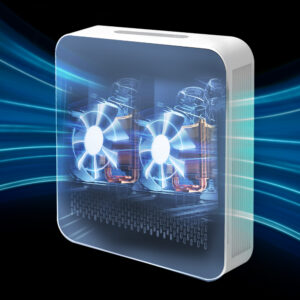
多層保護フィルターシステム
ろ過はあらゆる空気清浄機の心臓部であり、将来はフィルターが空気中の汚染物質を捕捉する方法に大きな進歩をもたらすだろう。 HEPAフィルター そして 活性炭フィルター はすでに業界標準となっているが ハイブリッドろ過システム が出てきている。
ヒソエアでは、特定の汚染物質を対象とした複数のろ過技術を統合しています。当社の H13およびH14 HEPAフィルター ウイルス、バクテリア、微小粒子状物質を含む有害な粒子を99.97%~99.997%捕集します。これを 活性炭フィルターこのフィルターは、臭気や揮発性有機化合物(VOC)を効果的に除去します。濾過技術の進歩に伴い、フィルターの寿命を延ばすと同時に、超微粒子PM1.0のような小さな粒子を捕捉する能力を高める新しい素材や設計が注目されています。
今後のトレンド:ろ過システムは、より小さな粒子を捕捉できる多層フィルターや、より耐久性が高く交換頻度の少ない改良されたフィルター素材によって進化し続ける。抗菌、抗ウイルス、臭気中和の技術を取り入れたフィルターに注目すれば、より高い保護効果が期待できる。

Custom Air Purification for Different Spaces in a Post-COVID World
COVID-19は室内空気質に対する考え方を変え、企業は従業員と顧客を守るために空気浄化を優先するようになった。空気浄化の未来は、大規模な商業エリアから小規模な住宅環境に至るまで、特定のスペースやニーズに高度に適合したものになるだろう。
ヒソエア はすでに、病院、学校、ホテル、オフィススペースなど、さまざまなシーン向けに設計された空気清浄機を開発している。COVID以降、空気の清浄化によって空気感染症のリスクを大幅に減らすことができる、人通りの多い場所での清浄機に対するニーズが高まっている。実際、スマート・センサーは必須の機能となりつつあり、清浄機がリアルタイムの空気品質データに基づいてろ過レベルを自動的に調整できるようになっている。
今後のトレンド:ユニークなスペースや使用例に合わせて特別に設計された空気清浄機が登場することを期待したい。高度なセンサーとリアルタイムのモニタリングにより、企業は室内環境をよりコントロールできるようになり、空間の規模や複雑さに関係なく、空気の質が最適なレベルに保たれるようになる。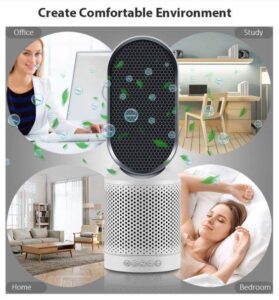
Integration with Matter: Smart Homes and IoT Air Purification
スマートホームとモノのインターネット(IoT)の台頭は、空気清浄機業界に革命をもたらしている。 マタースマートホームの相互運用性のための新しい規格であるこの規格により、様々なメーカーの異なるデバイスがシームレスに連携できるようになる。つまり、空気清浄機は間もなく他のスマートホームデバイスと統合できるようになり、完全に自動化されたコネクテッド環境を構築できるようになるのだ。
ヒソエア はこのトレンドの最前線にあり、IoT技術によってスマートシステムと統合できる清浄機を開発しています。当社の空気清浄機は、モバイルアプリを通じて遠隔でモニター・コントロールすることができ、ユーザーは空気品質の設定を調整したり、フィルターの状態を確認したり、リアルタイムの空気品質データを閲覧したりすることができます。Matterによって、この接続性はさらに合理化され、統一されたスマートホーム体験が提供されるでしょう。
今後のトレンド:空気清浄機は、HVACシステム、サーモスタット、空気品質モニターと並んで、スマートホームエコシステムの重要な一部となることが期待される。Matterによって、ユーザーは室内環境をよりコントロールできるようになり、最小限の労力で空気の質とエネルギー効率の両方を向上させることができる。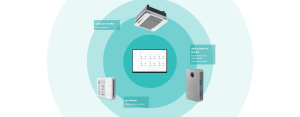
費用対効果が高く、環境に優しいソリューション
企業や消費者の環境意識が高まるにつれ、費用対効果が高く、環境に優しい空気清浄機への需要が高まるだろう。将来は、優れた性能を発揮するだけでなく、持続可能な方法でそれを実現する空気清浄機が登場するだろう。
で ヒソエア私たちはすでに、空気清浄機のエネルギー効率と持続可能性の向上に取り組んでいます。当社のファン・システムはエネルギー消費を抑えるように設計されており、ろ過システムは廃棄物を最小限に抑える長持ちする素材を使用しています。さらに、私たちは リサイクル可能な材料 清浄機本体と包装の両方にある。
今後のトレンド:空気清浄機は、環境にやさしい製造方法、リサイクル可能な部品、省エネ技術にメーカーが注力することで、より環境にやさしく、より手頃な価格になっていくだろう。このような進歩により、環境への影響を軽減しながら、より多くの人々が高品質の空気清浄を利用できるようになるだろう。
結論空気浄化の未来は明るい
テクノロジーの進化と、健康と持続可能性への関心の高まりによって、空気清浄機業界はエキサイティングな変化を遂げようとしている。強力なファンシステムからスマートろ過、IoT統合に至るまで、次世代の空気清浄機はより賢く、より静かで、より効率的なものになるだろう。企業も消費者も同様に空気の質を優先し続ける、 ヒソエア は時代をリードし、明日のニーズに応える最先端のソリューションを開発している。
空気清浄の未来をあなたの空間にもたらす準備が整いましたら、以下までご連絡ください。 ヒソエア 当社の革新的なソリューションの詳細については、今すぐお問い合わせください。
